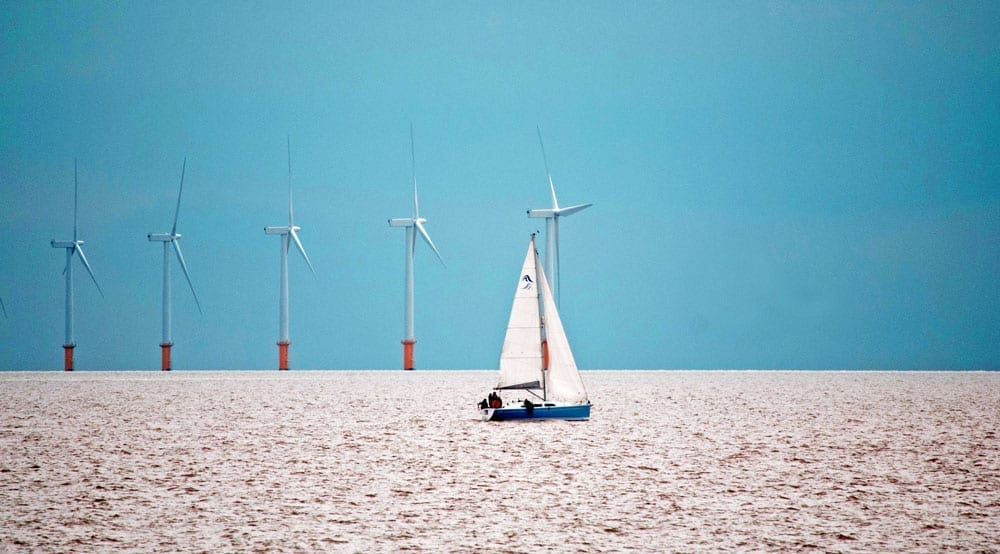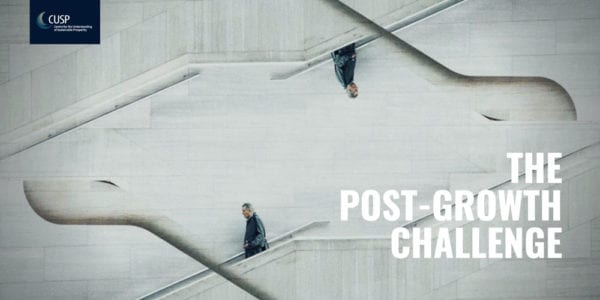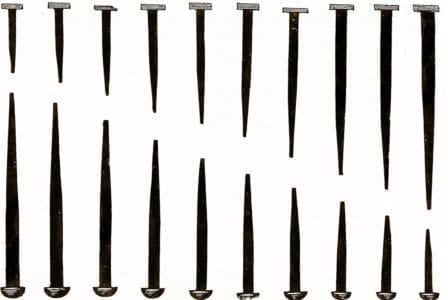A review of EROEI-dynamics energy-transition models
Journal Paper by Craig Rye and Tim Jackson
Energy Policy, Vol 122 | November 2018
Abstract
The need for an environmentally sustainable economy is indisputable but our understanding of the energy-economy interactions (dynamics) that will occur during the transition is insufficient. This raises fascinating questions on the future of economic growth, energy technology mix and energy availability.
The crucial interactions between energy and economy systems can be usefully described in terms of the Energy Returned on Energy Invested (EROEI) metric (the energy cost of primary energy production). Multiple authors have used this metric to explore the behaviour of the economy over the transition to lower carbon energy sources.
The following text is a review of energy-economy models that incorporate the EROEI metric. In particular, the EROEI-dynamics literature is found to describe a common set of dynamics associated with the transition to lower EROEI primary energy resources. These include: the rising resource-cost of primary energy production, the short-term misallocation of resources, the short-term overproduction of energy and the potential decline in economic stability. The literature can be divided into groups of related models. Following the review, a number of key areas for additional work are identified and discussed.
The article can be accessed via the Science Direct website. Should you have difficulties accessing the paper, please email us for a copy.




